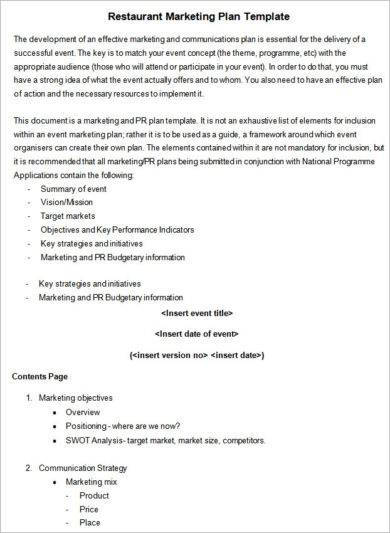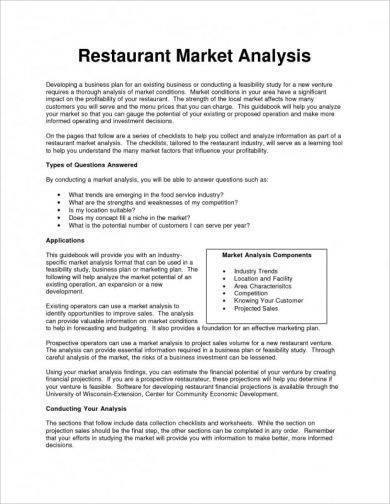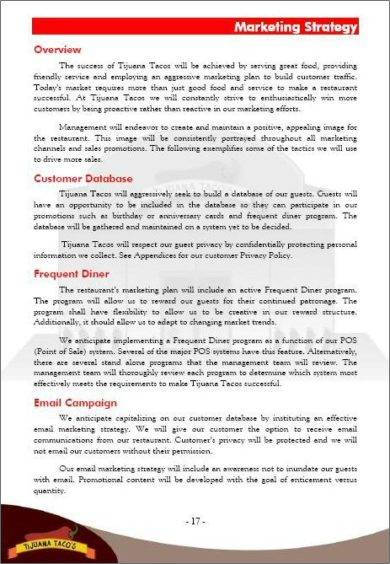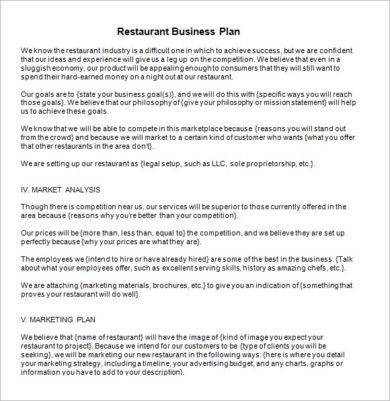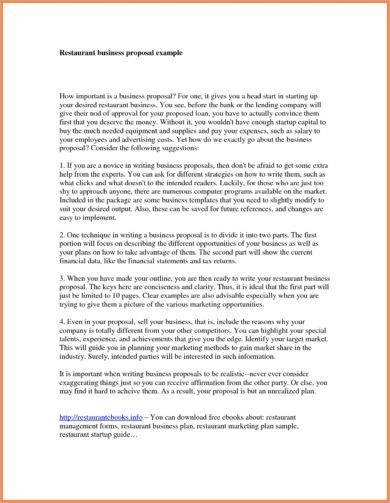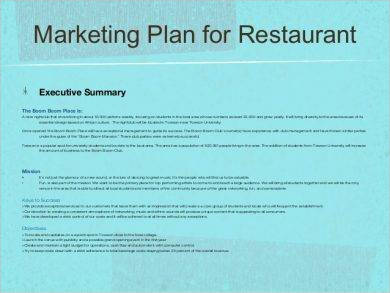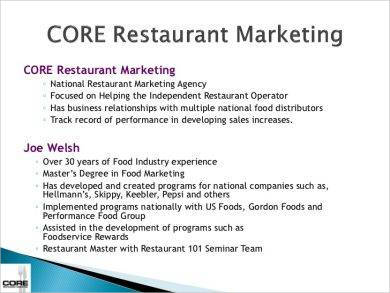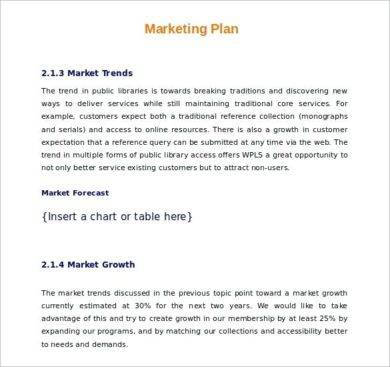12+ Restaurant Marketing Plan Examples to Download
Starting a restaurant may sound easy when you’re still gathering ideas. But from that moment on, the road to establishing your own food business only gets tougher. Before you even start purchasing raw materials, you first need to strategize on how to make it popular in the market. And that’s very important for every new restaurant or cafe business. For that, you’re going to need the help of our Restaurant Marketing Plan Examples. You can download them from this page.
12+ Restaurant Marketing Plan Examples
Restaurant Marketing Plan Example

Sample Restaurant Marketing Plan Template

Restaurant Marketing Plan Example
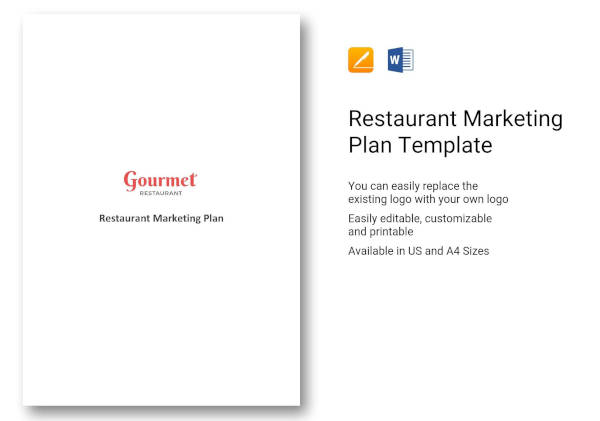
Restaurant Launch Marketing Plan Example
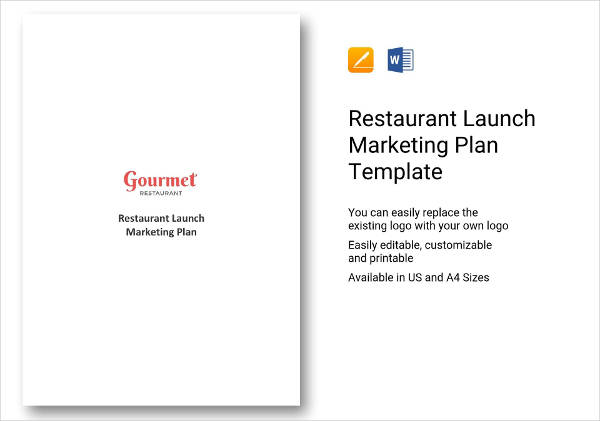
Content Outline Restaurant Marketing Plan Example
Marketing Plan Analysis for Restaurant Example
Restaurant Marketing Plan Budget Example
Basic Marketing Strategy Template Example
Business Marketing Plan for Restaurant Example
Simple Proposal for Restaurant Example
Restaurant Marketing Strategy Intro Example
CORE Restaurant Marketing Plan Example
Market Trends Restaurant Plan Example
What Is a Restaurant Marketing Plan?
A restaurant marketing plan is a document that guides restaurant owners or managers in boosting their food businesses’ popularity and profitability. It shows detailed analytics of a local restaurant market. And that analysis serves as a basis for a restaurant’s marketing strategies and goals settings. This is the document you must prepare for your new restaurant business to start strong.
How to Create a Restaurant Marketing Plan
When creating a restaurant marketing plan, these are the steps you must follow. Take note that the marketing plan should solely focus on your restaurant’s sales and marketing aspects. It should also have a comprehensive breakdown of what it can offer to your local restaurant industry.
Step 1: Write the Executive Summary
The executive summary acts as your marketing plan’s overview. But take note that you cannot create an executive summary if you even haven’t completed your marketing plan. The executive summary should only be one to two pages of your entire marketing plan. It should focus on the general details of your plan.
Your executive summary may be brief, but don’t understate its importance. Most of the time, possible investors will look into it to see if your business has potential. If it shows promise, then they’ll continue reading your marketing plan. And the rest will follow. The same scenario happens for your restaurant business plan.
Step 2: Discuss Your Products and Services
Discussing your products and services is a must in creating a simple marketing plan. You cannot formulate the right strategies if you don’t define your products and services, in this case, your restaurant’s dishes.
These days, a delicious dish is not enough for the restaurant to attain high revenues. That said, you should try something new with your dishes. Make your restaurant menu unique from other restaurants. The build of your menu will play a crucial factor in determining your promotional tactics.
Step 3: Define Your Target Market
The target market pertains to the customers where you will be getting most of your revenues from. The target market accounts for around 70–80% of sales, with the remaining 20–30% accounting for customers outside of your target market.
Identifying the right target market is crucial if you want to achieve high revenues. For one, most customers will be having different preferences for your dishes. And that why you must define them. Doing so will help you serve them better. And it can also give you ideas on what you should add or remove from your food menu and drinks menu.
Step 4: Incorporate Your Market Analysis
Your analysis of the local restaurant market is very important. That’s because its results have a seismic effect on how your marketing strategies will look like. Your market analysis should include details about your direct competitors. You should know their strengths and weaknesses. That helps you determine how your restaurant will compete against them, or better yet, outperform them to make more profits.
FAQs
How to attract more diners to my restaurant?
A Forbes article implies that 71% of customers are more likely to share a brand with others if that said brand is active and responsive on social media. That said, making your restaurant active on social media could bring in more diners. Social media is an effective marketing platform, which is why every business tries to establish their presence on it.
What makes a decent menu for my restaurant?
Here’s a list of what makes a decent restaurant menu:
- Right prices
- Versatile and diverse dishes
- Easy-to-prepare dishes
- Beloved common dishes, but with certain twists
- Not having too many choices
- Presentable dishes; in other words, Instagrammable
What are a marketing plan’s components?
These are the components of a marketing plan:
- Market analysis
- Budget
- Target market description
- Competitor analysis
- Marketing strategies
- Action plan
Your restaurant business has a bright future. It might seem like a far-fetched outcome, but it’s an achievable feat. Achieving success is very possible in any business endeavor. All it takes is taking the right approaches. In your case, that right approach is your restaurant pre-opening marketing plan. So, gather your financial assets now to start planning your business. Search for fresh restaurant marketing ideas and trends. And don’t forget to download our Restaurant Marketing Plan Examples!



